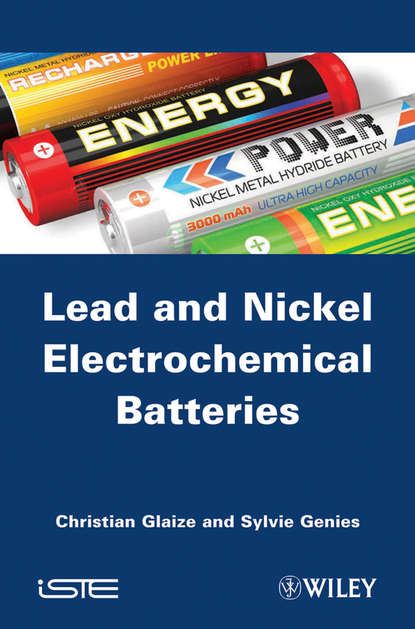Книга "Свинцово-никелевые электрохимические батареи" рассказывает о различных вариантах никелевых аккумуляторов, разработанных в течение 20-го века, а также о свинцово-кислотных аккумуляторах, появившихся в середине 19-го века. Несмотря на свой возраст, эти технологии до сих пор широко используются на рынке. Однако часто они не используются в оптимальных условиях, в основном из-за непонимания внутренних электрохимических явлений. Книга показывает, что батареи являются сложными системами, которые стали доступны благодаря значительным научным исследованиям, опыту и практическим знаниям. Однако дизайн батарей не является фиксированным и постоянно развивается благодаря обратной связи пользователей и процессам валидации, которые часто являются долгими и трудоемкими. Книга пытается показать, что невозможно рассматривать семейство батарей как имеющее фиксированные свойства и характеристики для любого применения и технологии, используемой в их производстве. Поэтому авторы решили представить основные электрохимические и химические явления, связанные с батареями, максимально простым и понятным способом. Эта работа будет особенно интересна для тех, кто работает в области электротехники и промышленности, конечных пользователей этих технологий. Она также будет интересна электрохимикам, поскольку эксперты по свинцовым или никелевым батареям становятся все реже, и их знания и практические навыки постепенно утрачиваются. Книга содержит три части: "Универсальные характеристики батарей", "Свинцово-кислотные батареи" и "Введение в никелевые батареи", в которых представлены общие характеристики, принцип работы, внутреннее строение, типы и основные характеристики батарей различных типов.
Электронная Книга «Lead-Nickel Electrochemical Batteries» написана автором Genies Sylvie в году.
Минимальный возраст читателя: 0
Язык: Английский
ISBN: 9781118562871
Описание книги от Genies Sylvie
The lead-acid accumulator was introduced in the middle of the 19th Century, the diverse variants of nickel accumulators between the beginning and the end of the 20th Century. Although old, these technologies are always very present on numerous markets. Unfortunately they are still not used in optimal conditions, often because of the misunderstanding of the internal electrochemical phenomena. This book will show that batteries are complex systems, made commercially available thanks to considerable amounts of scientific research, empiricism and practical knowledge. However, the design of batteries is not fixed; it is subject to constant developments as a result of user feedback and validation processes which are often long and fastidious. This book attempts to show that it is not possible to consider a family of batteries as having fixed, applicable properties and characteristics whatever the application and the technology used in their manufacture. For this reason, the authors have chosen to present the fundamental electrochemical and chemical phenomena involved in as simple and as clear a way as possible. It is essential to be aware of these mechanisms in order to develop suitable theoretical models. This work will be of particular interest to those working in the field of electrical engineering and to industrialists, the final users of these technologies. It will also be of interest to electrochemists, as experts in lead or nickel batteries are becoming fewer and farther between, and their knowledge and practical skills are steadily being lost. Contents Part 1. Universal Characteristics of Batteries 1. Definitions and Methods of Measurement. Part 2. Lead–Acid Batteries 2. The Operation of Lead–Acid Batteries. 3. Internal Composition and Types of Lead–Acid Batteries. 4. Lead Batteries: Main Characteristics. 5. Manufacturing Starting, Lighting and Ignition Batteries. Part 3. Introduction to Nickel-Based Batteries 6. Nickel–Cadmium Batteries. 7. Nickel–Metal Hydride Batteries. 8. Other Nickel-Based Batteries.



















